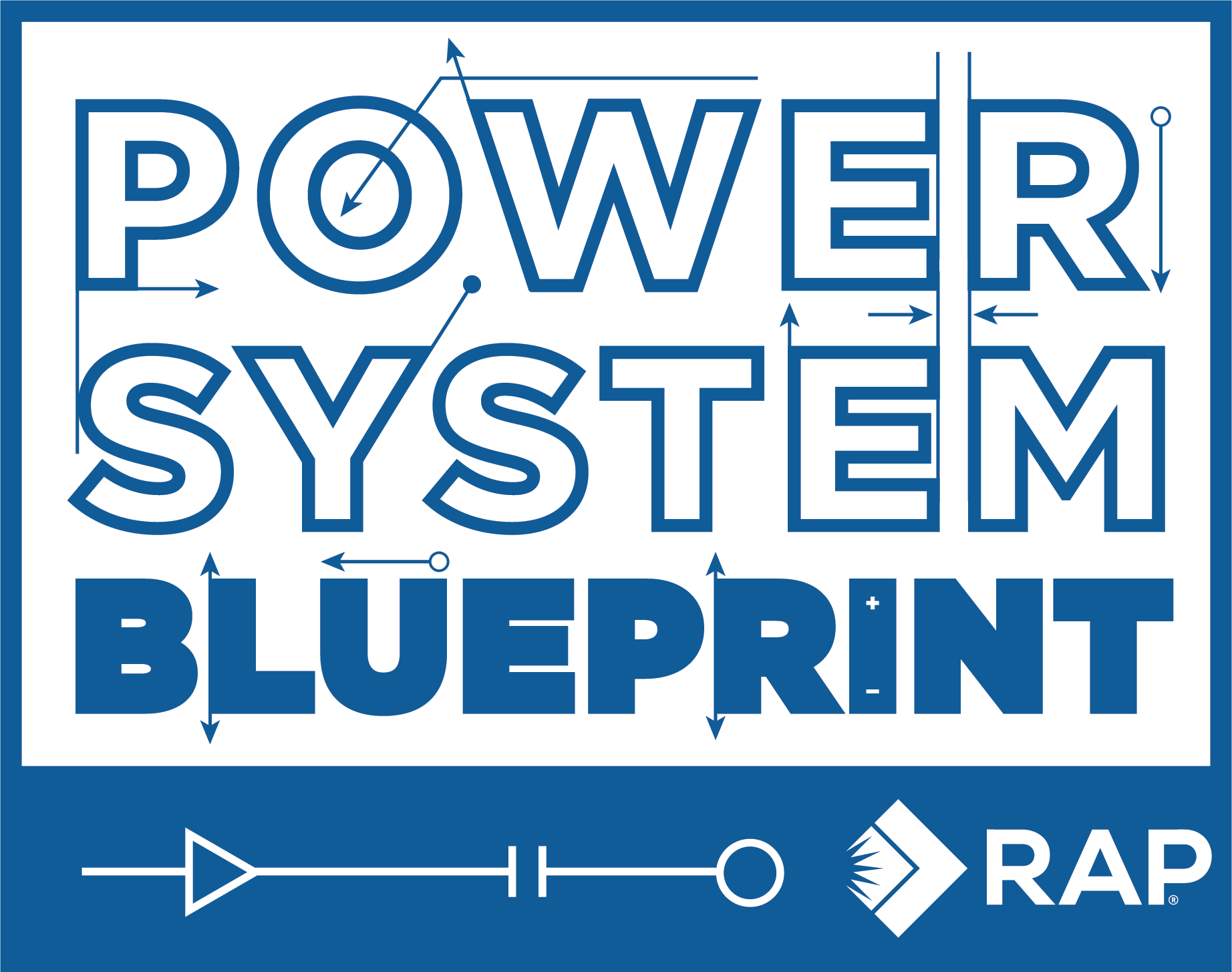SUMMARY
Electrification creates a growing challenge for power network companies in serving their customers reliably. The requirement to provide service at lowest cost necessitates consideration of alternative solutions to traditional network capacity expansion. However, remuneration of network companies typically not only lacks incentives to adopt these innovative solutions but leads them to disregard these options. Reform to eliminate capital expenditure bias (CAPEX-bias) and introduce performance-based regulation (PBR) will help align the interests of these companies with delivering the energy transition at least cost.
WHAT
Establishing innovative network companies
HOW
Remove CAPEX-bias and introduce PBR
WHO
National regulatory authorities
WHEN
Immediately
The use of flexibility offered by network users is key to reliable and cost-efficient network operation. It is not enough, however, to require network companies to fully consider demand-side resources (demand response and energy efficiency) and storage in network planning and operation as set out in the Electricity Directive. If they are not incentivised to move away from a copper-solutions-only approach, change is unlikely to materialise. It is the task of the national regulator to reform the current remuneration regimes to that end. Potential regulatory reforms include:
Allowing for revenue-capped cost recovery based on total expenditure rather than applying a rate of return regulation on capital investments and a revenue cap on operational expenditures (hybrid remuneration schemes).
Rewarding distribution system and transmission system operators (DSOs/TSOs) with increased revenues for specific performance outputs that facilitate the energy transition and, conversely, penalising them with reduced revenues for failure to perform (PBR).
Although some trends are clearly identifiable in the current power system transformation, many technology and price developments are not yet foreseeable, especially not by the regulator. Performance-based regulations are not only agnostic about the way network companies deliver the outputs but can alleviate the problem that network companies may underestimate the value of delayed investments and the reduced risk of stranded assets because, as they are regulated, these costs are passed through to consumers.
This is the direct application of the Energy Efficiency First principle as it requires and incentivises the use of demand-side resources whenever they are at lowest cost or provide larger net benefits to society. By enlarging the pool of options, it drives down the cost of network service.
MYTH
The Reality
MYTH
The Reality
Good Practice Case Study
It was in expectation of increasing grid investment and the availability of smart grid solutions that the UK regulator replaced existing network company remuneration schemes during 2010-2013 with RIIO (Revenue = Incentives + Innovation + Outputs), an incentive regime based on total expenditures (TOTEX-based). RIIO is an output-based incentive system. Network companies are expected to achieve agreed-upon primary outputs and secondary deliverables. They submit and justify their business plans and adjacent revenue requirements in relation to these outputs. The six key output categories are safety, environmental impact, customer satisfaction, social obligations, connections and reliability/availability. Some of these outputs are only monitored, but others have financial consequences: failing to reach the predefined target results in penalties. The price control regime of RIIO is coupled with innovation schemes (Network Innovation Allowance and Network Innovation Competition) to fund investment in innovative solutions. All electricity distribution companies continue to perform strongly against output targets and are on track to meet or exceed these by the end of RIIO-ED1.
The objectives of Hawaii’s transition
| Goal | Priority Outcomes | |
|---|---|---|
| Enhance Customer Experience | COS Regulation | Affordability |
| Reliability | ||
| Performance Regulation | Interconnection Experience | |
| Customer Engagement | ||
| Improve Utility Performance | COS | Cost Control |
| Performance Regulation | DER Asset Effectiveness | |
| Grid Investment Efficiency | ||
| Advance Societal Outcomes | COS Regulation | Capital Formation |
| Customer Equity | ||
| Performance Regulation | GHG Reduction | |
| Electrification of Transportation | ||
| Resilience | ||
Trabish, H. (2021). Hawaii finalizes utility regulation considered potential template for US power system transformation. Utility Dive
Key Recommendations
- Reform regulations to replace the current bias to capital expenditure.
- Apply PBR, building on an assessment of best practices in and outside Europe.
- Strengthen PBR provisions in EU legislation (currently recommended).
References and Further Reading
- Pató, Z., Baker, P., and Rosenow, J. (2019). Performance-based regulation: Aligning incentives with clean energy outcomes. Regulatory Assistance Project.
- European Commission. (2019). Directive (EU) 2019/944 of the European Parliament and of the Council of 5 June 2019 on common rules for the internal market for electricity and amending Directive 2012/27/EU.
- Office of Gas and Electricity Markets. (2021). RIIO-ED1 Network Performance Summary 2019-2020.
- Trabish, H. (2021). Hawaii finalizes utility regulation considered potential template for US power system transformation. Utility Dive.
- Published:
- Last modified: August 13, 2024

 Quick guide on how to use this website:
Quick guide on how to use this website: